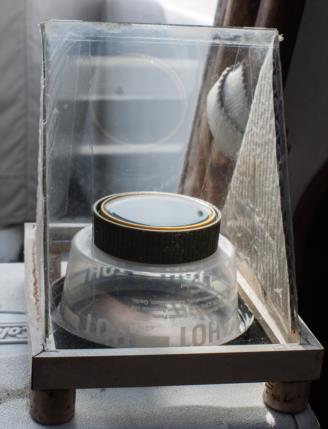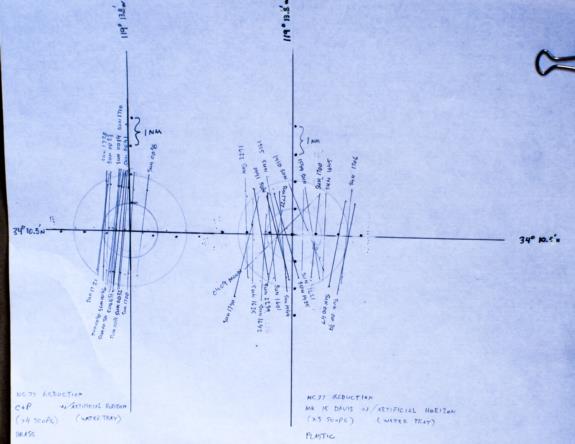
NavList:
A Community Devoted to the Preservation and Practice of Celestial Navigation and Other Methods of Traditional Wayfinding
From: Greg Rudzinski
Date: 2017 Jul 18, 10:53 -0700
Jan,
Artificial horizons are great for land celestial navigation but fall a little short as good practice for at sea natural horizon celestial navigation. Those learning to use a sextant need to practice rocking (swinging) the sextant to find tangency to the natural horizon. Doing all of this while on a moving platform requires a good pair of trained sea legs.
Correcting Hs to Ho is quite different for artificial horizons which may lead to mistakes down the road for onboard natural horizon observations. In addition there might be a false sense of proficiency because of the inherent accuracy of artificial horizons which cut systematic error and random error in half when the observation is divided by two. Also there aren't any uncertainties of height of eye or perpendicularity. See attached example of side by side LOP sets between a C&P and Davis MK 15 using a handmade artificial horizon. Even a plastic Davis shines with all LOPs no worse than 2NM from GPS. What the example shows best is how the LOP dispersion of the metal sextant is superior to the pastic sextant.
I would recommend finding a lake to perform dip short observations using the natural horizon. This would be better practice for the new landlocked navigator.
The artifitial horizon is better suited for advanced practitioners. The construction of an AH makes for a fun project. Two picture frames, packing tape, card board, jar top, salsa tub, and wine corks were all that I needed to make an AH for a cost of less than $5 US (not counting the wine and salsa ;-)
Greg Rudzinski









